Dov M. Gabbay and John Woods (Eds.)978-0-444-51791-3
The coverage of the book is extensive, from the philosophy of science to computer science and AI, from diagnostics to the law, from historical explanation to linguistic interpretation. One of the volume’s strongest contributions is its exploration of the abductive character of criminal trials, with special attention given to the standard of proof beyond a reasonable doubt.
Underlying their analysis of abductive reasoning is the authors’ conception of practical agency. In this approach, practical agency is dominantly a matter of the comparative modesty of an agent’s cognitive agendas, together with comparatively scant resources available for their advancement. Seen in these ways, abduction has a significantly practical character, precisely because it is a form of inference that satisfices rather than maximizes its response to the agent’s cognitive target.
The Reach of Abduction will be necessary reading for researchers, graduate students and senior undergraduates in logic, computer science, AI, belief dynamics, argumentation theory, cognitive psychology and neuroscience, linguistics, forensic science, legal reasoning and related areas.
Key features:
– Reach of Abduction is fully integrated with a background logic of cognitive systems. – The most extensive coverage compared to competitive works. – Demonstrates not only that abduction is a form of ignorance preserving inference but that it is a mode of inference that is wholly rational. – Demonstrates the satisficing rather than maximizing character of abduction. – The development of formal models of abduction is considerably more extensive than one finds in existing literature. It is an especially impressive amalgam of sophisticated conceptual analysis and extensive logical modelling. · Reach of Abduction is fully integrated with a background logic of cognitive systems. · The most extensive coverage compared to competitive works · Demonstrates not only that abduction is a form of ignorance preserving inference but that it is a mode of inference that is wholly rational. · Demonstrates the satisficing rather than maximizing character of abduction. · The development of formal models of abduction is considerably more extensive than one finds in existing literature. It is an especially impressive amalgam of sophisticated conceptual analysis and extensive logical modelling.
Table of contents :
Content:
Acknowledgements
Pages xiii-xv
Preface
Pages xvii-xviii
Chapter 1 Introduction Original Research Article
Pages 1-7
Chapter 2 Practical logic Original Research Article
Pages 9-36
Chapter 3 The structure of abduction Original Research Article
Pages 39-73
Chapter 4 Explanationist abduction Original Research Article
Pages 75-114
Chapter 5 Non-plausibilistic abduction Original Research Article
Pages 115-153
Chapter 6 Diagnostic abduction in AI Original Research Article
Pages 155-194
Chapter 7 The Characteristic and the plausible Original Research Article
Pages 195-238
Chapter 8 Relevance and analogy Original Research Article
Pages 239-288
Chapter 9 Interpretation abduction Original Research Article
Pages 289-331
Chapter 10 A glimpse of formality Original Research Article
Pages 335-355
Chapter 11 A general theory of logical systems Original Research Article
Pages 357-382
Chapter 12 A base logic Original Research Article
Pages 383-422
Chapter 13 An abductive mechanism for the base logic Original Research Article
Pages 423-441
Bibliography
Pages 443-472
Index
Pages 473-476
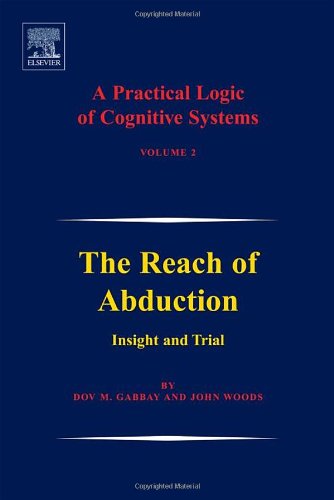
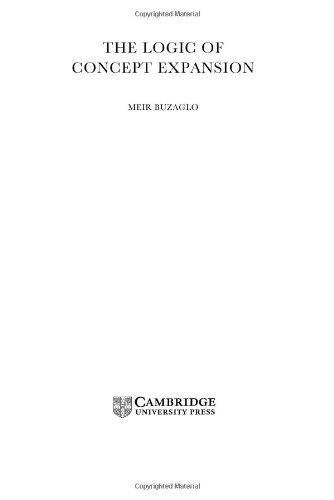
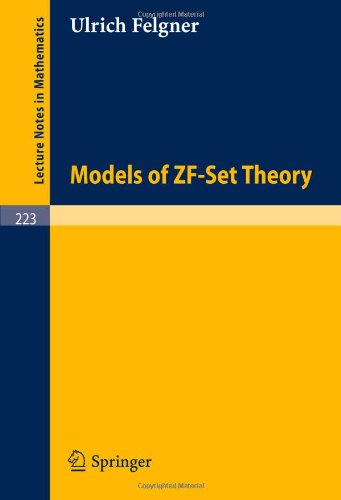

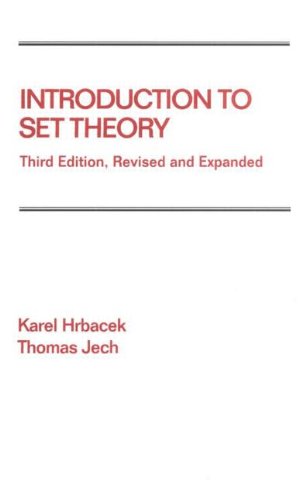
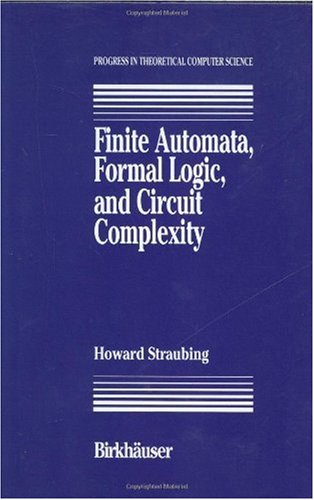
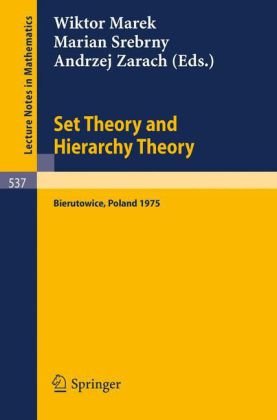
Reviews
There are no reviews yet.